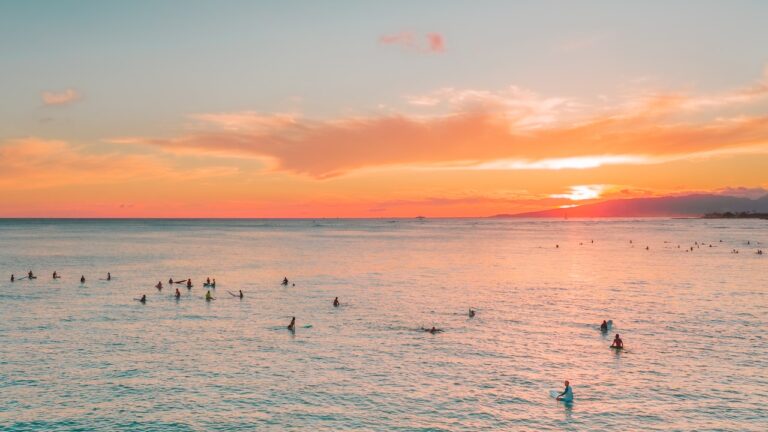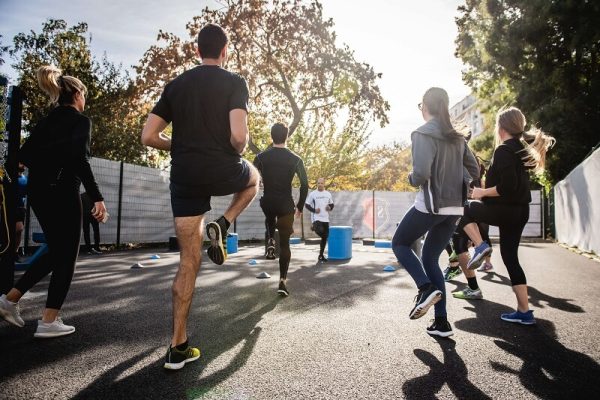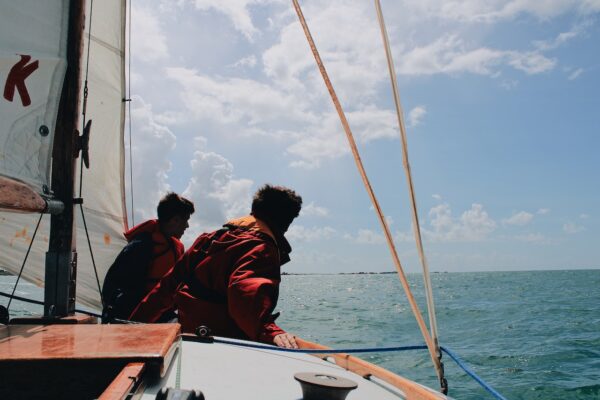Stand-up paddleboards, or SUPs, offer a lot of benefits for recreational watersport enthusiasts. They let you get out on the water in an accessible and affordable way, are great for your health, and come in a large variety of designs to accommodate a multitude of uses.
However, since you’re standing on a paddleboard, you might be a little curious about what water conditions you can actually take it on. After all, you wouldn’t want to spend the entire day getting tossed off it or getting yourself into dangerous situations.
Luckily, they’re more stable than you think. Here are some points to consider.
Your Skill Level is Important
First and foremost, your skill level is the biggest determining factor behind whether or not you should ride in a specific condition. SUPs are fun, but like any water activity, they can be dangerous if they’re not taken seriously.
If you’re uncomfortable with the choppiness of the water, hazards that are present, or just don’t feel right about it, try again later.
Also, be honest with yourself about your skill level. If it’s your first time out, do not try to ride the waves of the Atlantic like you’re a seasoned pro. Don’t be too cautious, though. If you don’t push yourself to grow at least a little bit, you’ll never gain the skills necessary to do more advanced stuff.
The Model of SUP Matters
There are a lot of different SUP models on the market. There are slim racers designed to reach high speeds by sacrificing stability, fishing SUPs that let you reel in monster catches while feeling like you’re on flatland, and even yoga SUPs that let you do complex poses on rolling lake surfaces.
The model of SUP you use matters. If the water is choppier than usual, riding a racing SUP will be a lot more difficult. However, a fishing SUP or yoga SUP should be able to stay fairly stable if you’ve developed your balance quite a bit.
Water Conditions to Look for
Once you get past your skill level and SUP capabilities, the water is the last real obstacle. SUPs are a lot more stable than you think, and they’re often used to ride waves in the ocean. However, riding big swells on a beautiful day is a lot different than dealing with raging waters in a rainstorm.
In general, anything from perfectly calm water to water that’s slapping the shore with a few inches of lift and a slight breeze is going to be comfortable to ride for most riders. When the water starts to look so rough that a white-water kayaker would head out on it, you should probably stay in. The chance of you falling is high, and while falls are usually harmless, uncontrolled falls are dangerous; uncontrolled falls are a lot more likely when the water is lifting a good foot or more with a lot of chops.
Water Hazards
Finally, you do need to make sure the waterway is safe in case you fall. Shallow water with a rocky bottom can be dangerous to ride on, mangrove-like areas with lots of wood clustered tightly together can create problems, and basically, any situation where a fall wouldn’t be absorbed entirely by water is potentially dangerous.
With drowning statistics as high as they are for recreational watersport enthusiasts, make sure to consider all these points, and know when to simply head back home.





